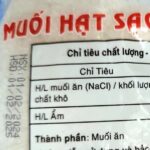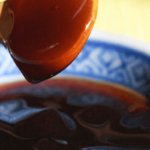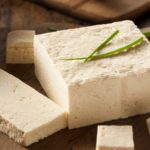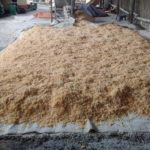What’s the Difference Between White and Yellow Paper?
It’s a common misconception that color is merely a superficial aspect of paper, with no bearing on its quality. However, this is not actually the case.
According to aboluowang, the reason there are two types of paper – white and yellow – is that they are made from different materials. Distributors explain that yellow paper, such as toilet paper and tissue paper, is “not bleached and does not contain any additives. The paper is made from natural materials and is completely environmentally friendly and safe for users.”
“On the other hand,” they continue, “white paper has been treated with a certain amount of chemicals to achieve an aesthetically pleasing white color while remaining safe for human use.”
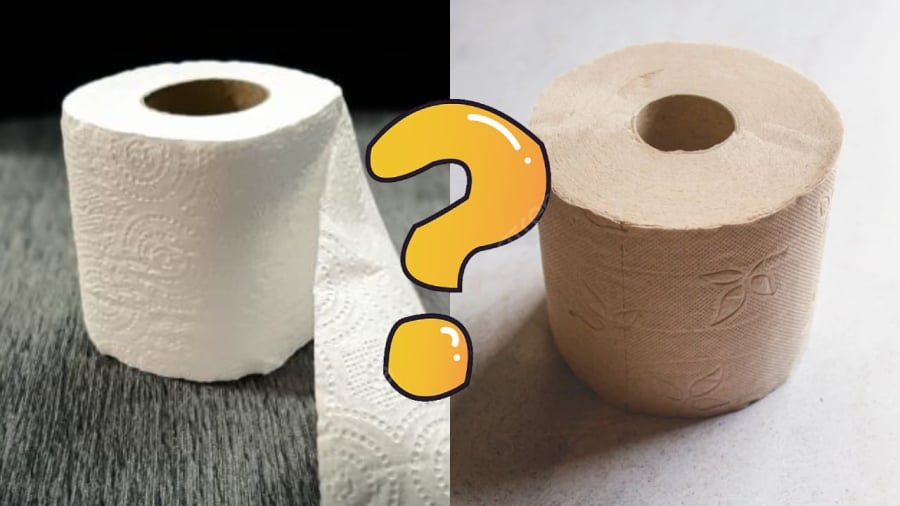
Yellow Paper Is Not Bleached and Does Not Contain Any Additives
White paper is typically made from wood pulp, which undergoes a bleaching process before reaching consumers. In contrast, yellow paper is also made from wood pulp but is only cleaned without being bleached. Additionally, yellow paper can be made from alternative materials such as bamboo, straw, or hay.
Which Is Better: White or Yellow Paper?
Based on the explanations provided by experts, one might rush to conclude that yellow paper is safer and healthier than white paper due to reduced chemical treatment. However, it’s important to consider the unique advantages and disadvantages of each type.
While white paper does undergo a bleaching process, as previously mentioned, the amount of bleach used is carefully controlled to ensure the safety of the end product. The bleaching agents used can include chlorine or chlorine-containing compounds like hypochlorous acid, but after multiple treatments, the levels of these chemicals are extremely low, meeting health and safety standards.
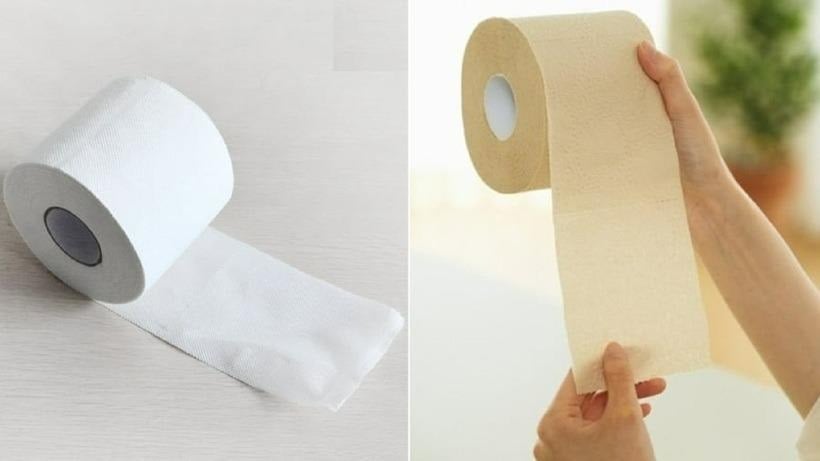
The Amount of Bleaching Agents in White Paper Is Carefully Controlled to Ensure Safety
As for yellow paper, its reduced processing makes it firmer and coarser than white paper, which has a smoother texture due to the additional treatments it undergoes. Ultimately, the choice between white and yellow paper depends on individual preferences and specific needs.
Why Does Packaged Salt Have an Expiry Date?
Salt is a staple mineral, and when kept dry, it remains impervious to degradation over time. So, why do packaged salt products still bear an expiration date? This is a curious conundrum that warrants some elucidation. The answer lies in the journey salt undertakes from its pristine mineral form to the refined, packaged product on our shelves.

























